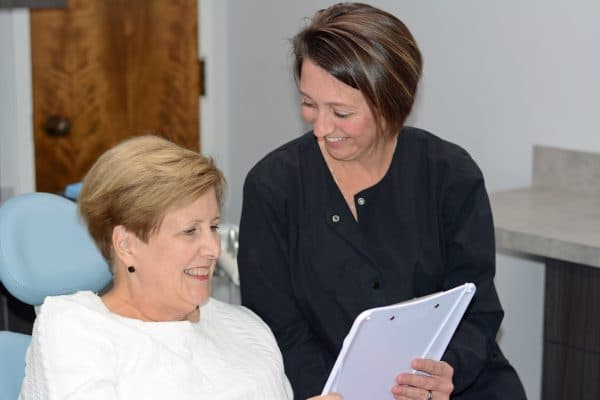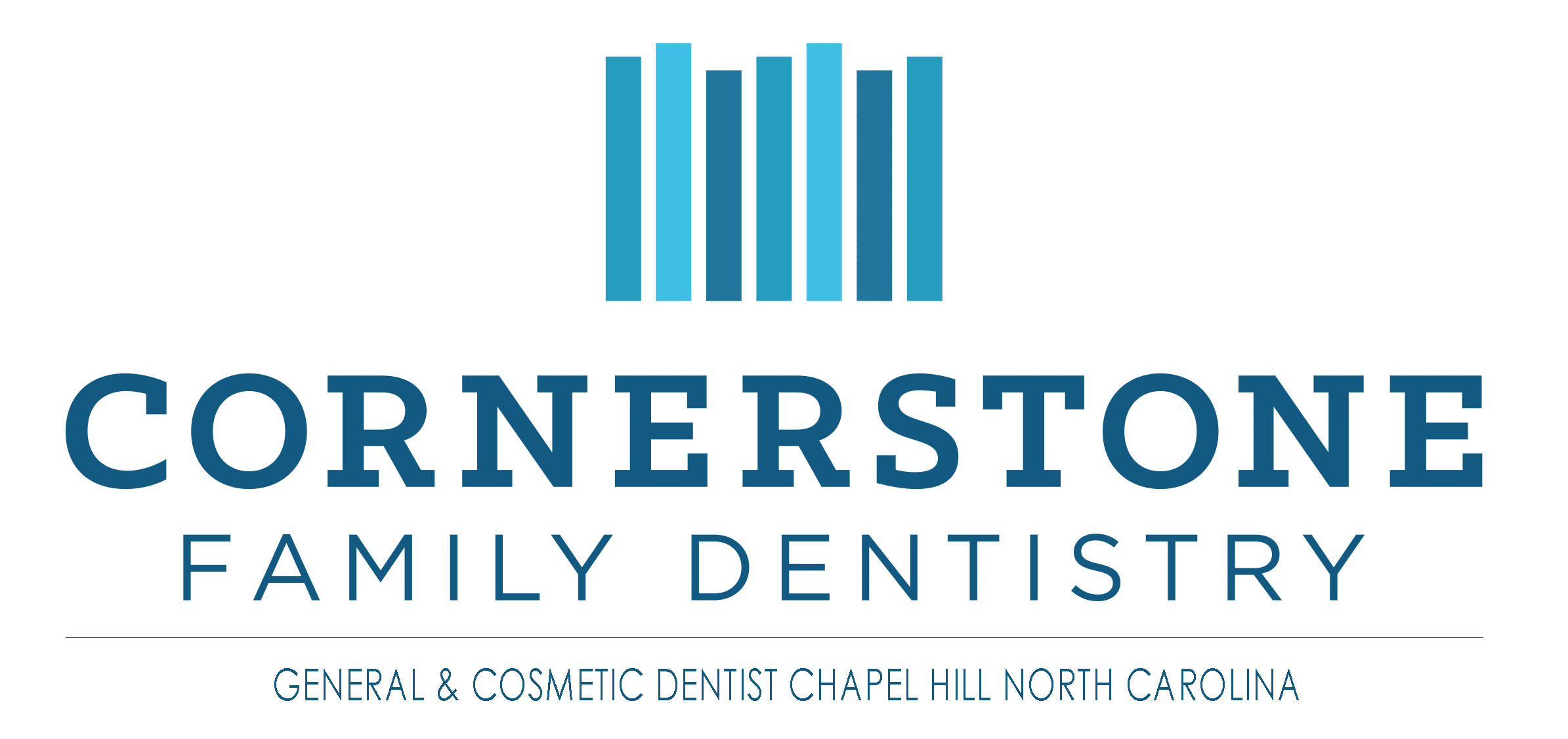Root Canal and Pain
The term root canal has been the subject of many a comedy routines. The simple mention and people squirm and cringe. The crazy thing is this is all a misconception. The root canals procedure is relatively painless in today’s world of modern medicine. The real pain is prior to the procedure and of which will be eliminated immediately following the procedure.
Why would you need a Root Canal?
To understand the procedure, you first will start with a quick lesson on the anatomy of the tooth. The white part of the tooth you see in the mirror is the crown. The crown is covered with a hard surface called the enamel. Under that surface is a softer layer called the dentin. At the center of each tooth is a chamber filled with soft tissue called the pulp. The pulp carries many nerves and blood vessels. The nerves help you distinguish hot from cold and the blood vessels provide nutrients to keep the tooth alive.
If you experience an unfortunate accident and break a tooth off, or severely chip or crack a tooth, the pulp will be exposed to the millions of bacteria in your mouth. Even a deep cavity can deliver the same infection causing bacteria. If this pulp becomes infected the pain ramps up immediately. The puss from the infection can create an abscess on the root only adding to the intense level of discomfort.
Why not just pull the tooth?
Every dentist in the last several decades has been trained to do everything they can to save your natural teeth. A root canal procedure is exactly that. After the procedure is completed even though the tooth is not alive it still is a natural place holder preventing the neighboring teeth to drift in that gap.
The Root Canal Procedure
An x-ray will confirm the damage the tooth has endured and the presence of the infection. A consultation with your dentist will lay out the solution. A local anesthetic will both numb the tooth and surrounding tissue. The procedure is literally now pain-free. A small opening is drilled in the crown giving the dentist access to the pulp chamber. The infected pulp is removed from the chamber and the root or roots. Once the chamber is totally cleaned out, and even enlarged to some degree, a rubbery like plastic substance called gutta-percha is put into the vacant space and then the tooth is sealed with cement. The pain is gone. You might on an occasion experience some slight discomfort or soreness that can be medicated, but understand that the pain was the tooth prior to the procedure, not the procedure itself.
The Benefits of having a Root Canal
The saved tooth may require a crown to protect it. Since it no longer is living the tooth will become fragile over time and susceptible to cracking or fracturing. You might get many years out of this natural tooth. Maintain good oral hygiene and continue to see your dentist for regular examinations every six months to stay proactive with your dental care.
More About Root Canals : What is the Root Canal Procedure?





High-Quality Dental Care
At Cornerstone Family Dentistry in Chapel Hill, all our services are performed with the patient in mind. We want you to feel comfortable in the dental chair, confident in our work, and most importantly, we want you to fall in love with your smile again. If you would like to schedule an appointment or if you have any questions about cosmetic procedures that we offer, please contact us at (919) 595-1010.
